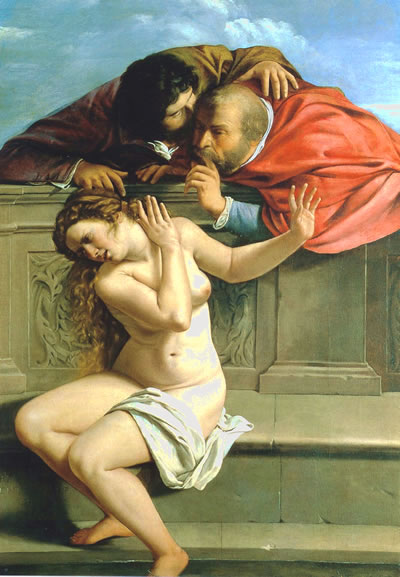The stuprum in Rome in the 18th century

Anyone who violently kisses or tries to kiss any honest woman in public, even if he does not actually reach the kiss, but only the neighbor of the embrace or otherwise, falls into the penalty of jail in perpetuity to be extended also to that of death at will of His Eminence and confiscation of assets
It was a provision issued in the “Overhead Announcement” by the Cardinal Silvio Valenti, Secretary of State of Pope Benedict XIV that remained in force until 1833 when Gregory XVI published the new penal regulation. Cardinal Silvio Valenti Gonzaga is responsible for the collection of many heterogeneous and sometimes extravagant laws issued from 1740 to 1756, among these affecting the extreme severity with which it was intended to punish "the kiss in public". The sentence imposed finds its explanation when it is clarified that the description of the crime as a "kiss in public", of a clear eighteenth-century mannerism, actually struck the "stuprum" and the penalty was revised only a few years later by inserting a loophole for which the crime it was extinguished if the stuprum perpetrator then married his victim.
The stuprum, as already defined by Roman law, was a crime that provided for various cases:<
- simple rapist, if it occurred with the full and free consent of the victim;
- qualified rapist, if the consent had been extorted through seduction, for example with deception or with a promise of future marriage;
- violent rapist, or with the use of force.
Rape, understood as a violation of purity, was one of the themes most represented by artists from the 15th to the 18th century through the tale of Susanna.
The biblical story of the young Babylonian woman - Susanna, whose name has an Egyptian root meaning "lotus", a symbol of purity - and of the two old judges who undermine her, and then falsely accuse her of having betrayed her husband, represents the theme of the violated woman also following in the depictions the "value" that was given at the act in different times and in different societies.
The iconography of Susanna and the Vecchioni seems almost a compulsion to repeat so many versions were made, perhaps hundreds, but perhaps the one that more than any other has the title to represent the archetype is the canvas by Artemisia Gentileschi, the most famous woman painter of the Roman seventeenth century that at seventeen was raped by the painter who was to be her teacher: Agostino Tassi.
Susanna's story is told in the Bible and as an uplifting moral parable and happy ending, it was a theme almost abused in art and in every age; among the many works we have the painting by Rubens which is exhibited in Rome in the Borghese Gallery.
by M.L. ©ALL RIGHTS RESERVED (Ed 1.0 - 20/11/2019)






